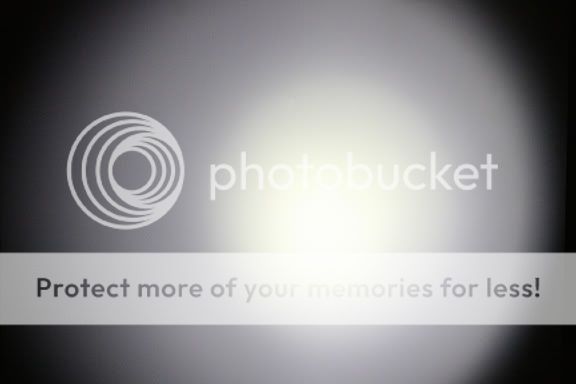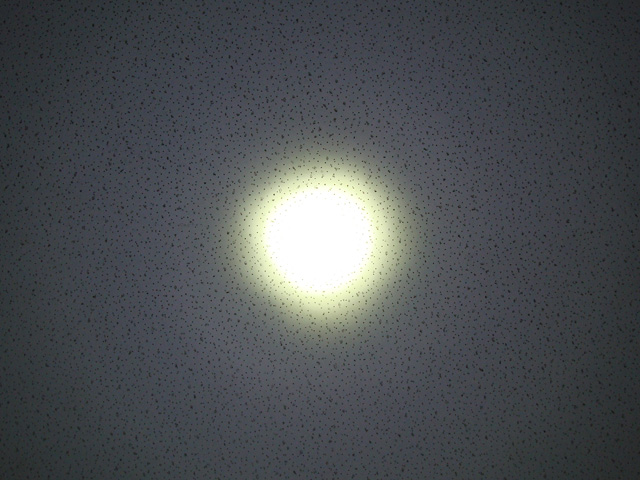The light entering the dome, reflecting from the die, exiting the dome and entering your eye will take a completely different path than the light being emitted from the die. The purpose of the dome and the reason it is effective and the shape of choice for most LEDs is that the interface surface between the air and the silicone encapsulant is near normal to the light emitted from the die. One thing to keep in mind about the screen shots is that they are CAD models and lighting simulations, not renderings. That is to say that they are dimensionally correct to the micron when possible, every surface and material is defined by optical parameters, but the distortion you would actually see is not represented correctly.
This is the RI I used for the dome. It is a silicone encapsulant specific for high temp / high power LEDs:
http://i1083.photobucket.com/albums/j390/Harold_LF/SILICONERI.jpg
can't post the name due to NDA.
I haven't used the XP-G to any great extent so I can't say that I have or have not had the effect in our samples. The off-axis color seperation can be more pronounced depending on the size of the die, the thickness of the phosphor layer, and the layering method. I know there are ways to mitigate the problem (Rebels don't have an issue that I am aware of) but any source stuck in a parabolic reflector will suffer from some systematic chromic distortion.
I've read a lot of patents and papers about filters on or in LEDs like the one you mention on page 13 and they seem like they would be really expensive to produce, particularly on a dome.





